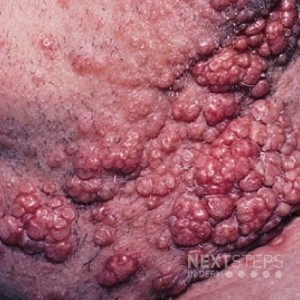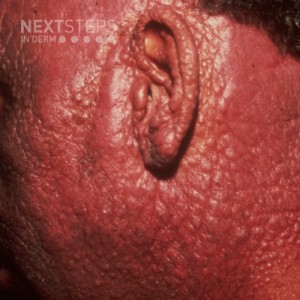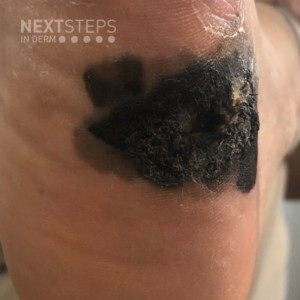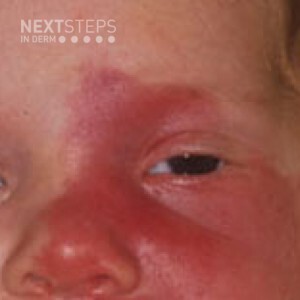Skin Lesions – Friday Pop Quiz 7/10
 Which of the following is the least likely cause of the below lesion?
A. Cryptococcosis
B. Histoplasmosis
C. Coccidiodomycosis
D. Penicilliosis
E. Lobomycosis
To find out the correct answer and read the explanation, click here.
Brought to you by our brand partner Derm In-Review. A product of SanovaWorks.
…
Which of the following is the least likely cause of the below lesion?
A. Cryptococcosis
B. Histoplasmosis
C. Coccidiodomycosis
D. Penicilliosis
E. Lobomycosis
To find out the correct answer and read the explanation, click here.
Brought to you by our brand partner Derm In-Review. A product of SanovaWorks.
…
 Which of the following is the least likely cause of the below lesion?
A. Cryptococcosis
B. Histoplasmosis
C. Coccidiodomycosis
D. Penicilliosis
E. Lobomycosis
To find out the correct answer and read the explanation, click here.
Brought to you by our brand partner Derm In-Review. A product of SanovaWorks.
…
Which of the following is the least likely cause of the below lesion?
A. Cryptococcosis
B. Histoplasmosis
C. Coccidiodomycosis
D. Penicilliosis
E. Lobomycosis
To find out the correct answer and read the explanation, click here.
Brought to you by our brand partner Derm In-Review. A product of SanovaWorks.
… 

 What malignancy does the histology of this condition mimic?
A. SCC
B. CTCL
C. BCC
D. Merkel Cell
E. Sebaceous carcinoma
To find out the correct answer and read the explanation, click here.
Brought to you by our brand partner Derm In-Review. A product of SanovaWorks.
…
What malignancy does the histology of this condition mimic?
A. SCC
B. CTCL
C. BCC
D. Merkel Cell
E. Sebaceous carcinoma
To find out the correct answer and read the explanation, click here.
Brought to you by our brand partner Derm In-Review. A product of SanovaWorks.
…  This 32-year-old man has two sisters each with melanoma, and his father died from metastatic pancreatic cancer. You suspect a germline mutation in which of the following genes?
A. BAP1
B. TERT
C. MITF
D. CDKN2A
E. PTCH
To find out the correct answer and read the explanation, click here.
Brought to you by our brand partner Derm In-Review. A product of SanovaWorks.
…
This 32-year-old man has two sisters each with melanoma, and his father died from metastatic pancreatic cancer. You suspect a germline mutation in which of the following genes?
A. BAP1
B. TERT
C. MITF
D. CDKN2A
E. PTCH
To find out the correct answer and read the explanation, click here.
Brought to you by our brand partner Derm In-Review. A product of SanovaWorks.
…  What is the classic radiologic findings associated with this disorder?
A. Dural calcifications
B. Calcifications of the falx-cerebri
C. Tram-track calcifications of the temporal and occipital cortex
D. Osteopatha striata
E. Osteopoikilosis
To find out the correct answer and read the explanation, click here.
Brought to you by our brand partner Derm In-Review. A product of San …
What is the classic radiologic findings associated with this disorder?
A. Dural calcifications
B. Calcifications of the falx-cerebri
C. Tram-track calcifications of the temporal and occipital cortex
D. Osteopatha striata
E. Osteopoikilosis
To find out the correct answer and read the explanation, click here.
Brought to you by our brand partner Derm In-Review. A product of San …  A 35 year old female is found to have mismatch repair protein mutations and this finding. Which of the following is the next best step?
A. Check BUN/Cr
B. Check TSH/T4
C. Positron emission tomography
D. Urinary cytology
E. CT Head
To find out the correct answer and read the explanation, click here.
Brought to you by our brand partner Derm In-Review. A product of SanovaWorks. …
A 35 year old female is found to have mismatch repair protein mutations and this finding. Which of the following is the next best step?
A. Check BUN/Cr
B. Check TSH/T4
C. Positron emission tomography
D. Urinary cytology
E. CT Head
To find out the correct answer and read the explanation, click here.
Brought to you by our brand partner Derm In-Review. A product of SanovaWorks. …